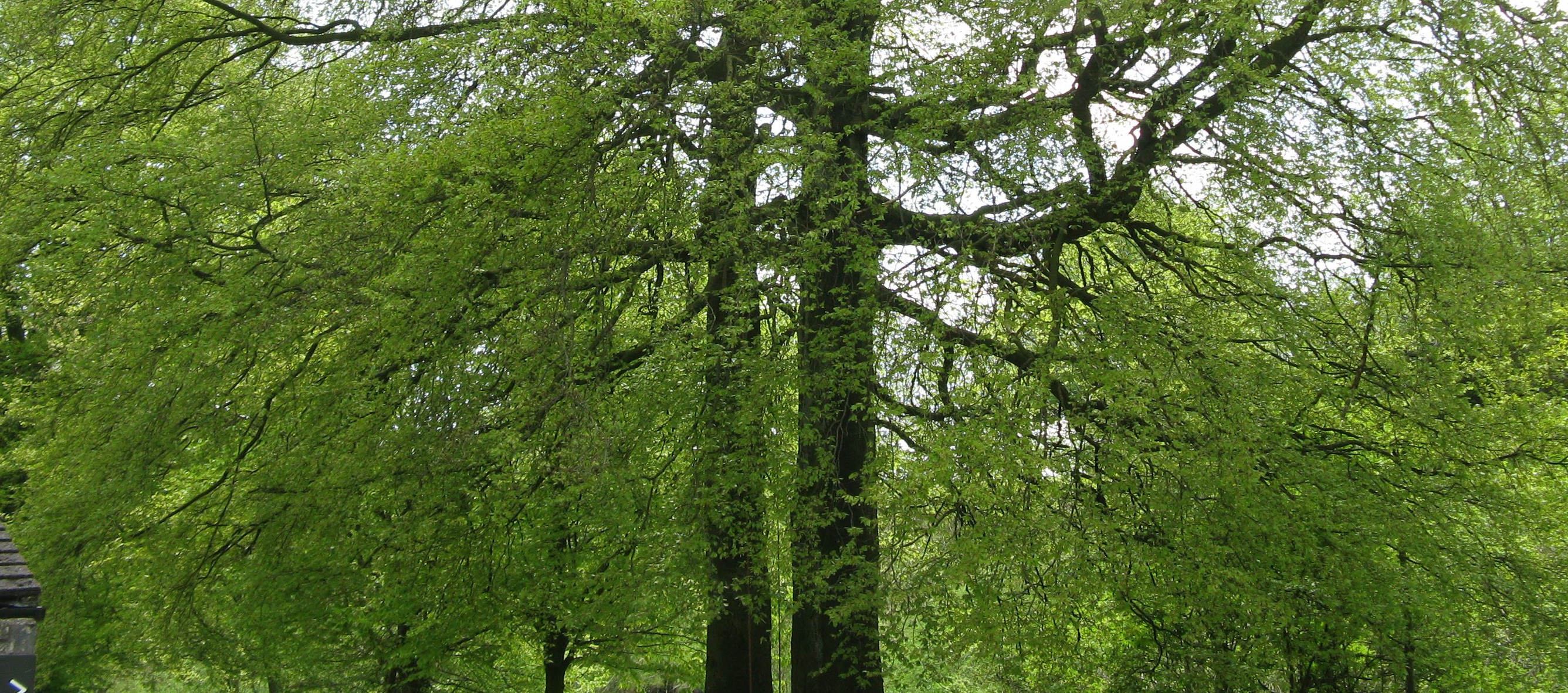
There are many things to consider when planting trees next to buildings and along roads or avenues. This is a non-exhaustive list of tree species that I recommend for our region (Auroville, India) in the typical laterite or black cotton soil. This is an evolving list.
General species selection criteria:
-
Not prone to structural failure
-
Drought resistant
-
No dangerous fruit (falling risk-wise and also poisonous plants taken into account)
-
Ideally with interesting features (bark, leaves, flowers, shape, fruit etc…)
-
No buttress or superficial roots (surface roots that would disturb pavement, hinder traffic)
-
Little mess in terms of fruits, flowers, foliage (apart from fruit trees)
-
Important for local ecology
Large evergreen trees to be used as shade for houses or avenues
-
Scholar tree, Alstonia scholaris: Fast growing tree with nice leaves and flowers
-
Bullet wood, Mimusops elengi: Medium growing tree with fragrant flowers. Very resistant to storms and droughts
-
Celtis philippensis: Medium growing with nice foliage and bark
-
Copper pod, Peltophorum pterocarpum: Fast growing with nice flowers and fruit pods.
-
Paradise tree, Simarouba glauca: Medium growing with nice leaves and flowers.
-
Ebony, Diospyros ebenum: Slow growing with nice leaves and bark. Very storm and drought resistant.
-
Libidibia ferrea, formerly Caesalpinia ferrea: Medium growing with nice leaves, bark and flowers.
-
Rain tree, Samanea saman: Fast growing with wide canopy. Brevi-deciduous (loses its leaves briefly before the summer)
Medium evergreen trees to shade houses and smaller roads
-
Walsura trifoliata: Medium growing with nice leaves and edible fruits. Very drought resistant
-
Aglaia elaeagnoidea: Medium growing with nice leaves. Very drought resistant
-
Suregada augustifolia: Fast growing with nice leaves
-
Wild lemon, Atalantia monophylla: Medium growing with beautiful bark and nice leaves. Very drought resistant
-
Butterfly tree, Libidibia coriaria syn Caesalpinia coriaria: Slow growing butterfly attractor with nice leaves and flowers.
Evergreen fruit trees and shrubs
-
Mango tree, Mangifera indica
-
Jackfruit, Artocarpus heterophylla
-
Jamun, Syzygium cumini
-
Pitanga Berry, Eugenia uniflora
More ornamental trees (deciduous)
-
Leopard tree, Libidibia ferrea syn Caesalpinia ferrea
Shrubs (evergreen)
-
Cadaba trifoliata: Less dense and slow growing but beautiful flowers.
Please add comments to this list directly or in the more exhaustive spreadsheet. I am especially looking for more recommendations as the more diversity, the better.
In essence, it is better to plant for the long term to avoid conflicts between trees and buildings.
Thank you,
Island


